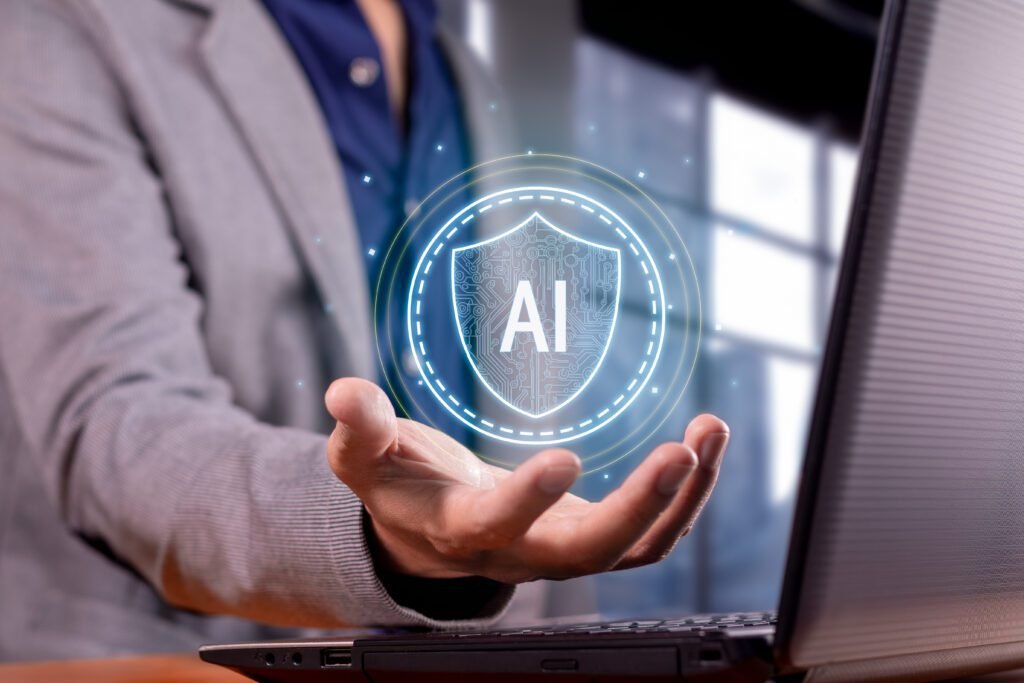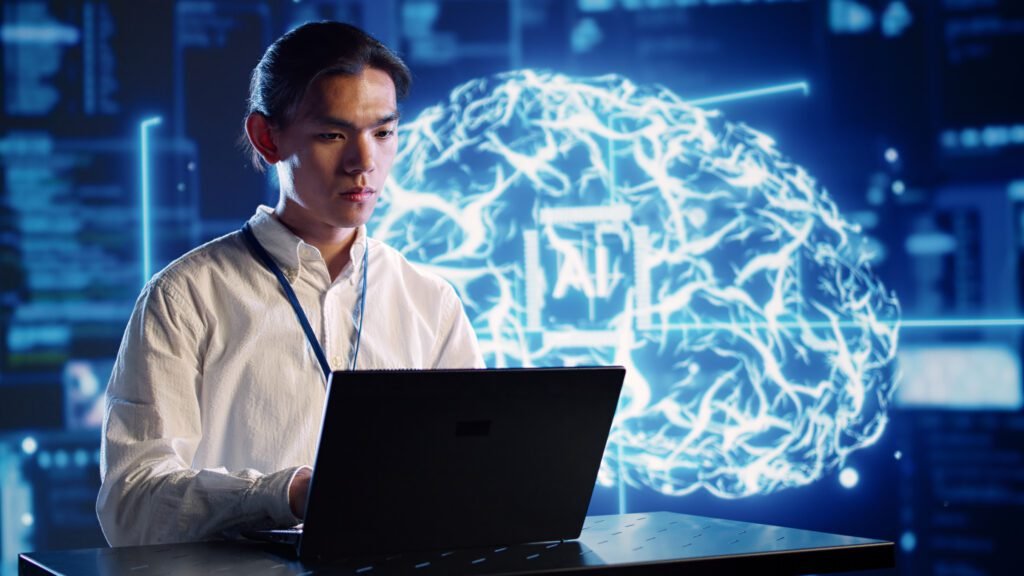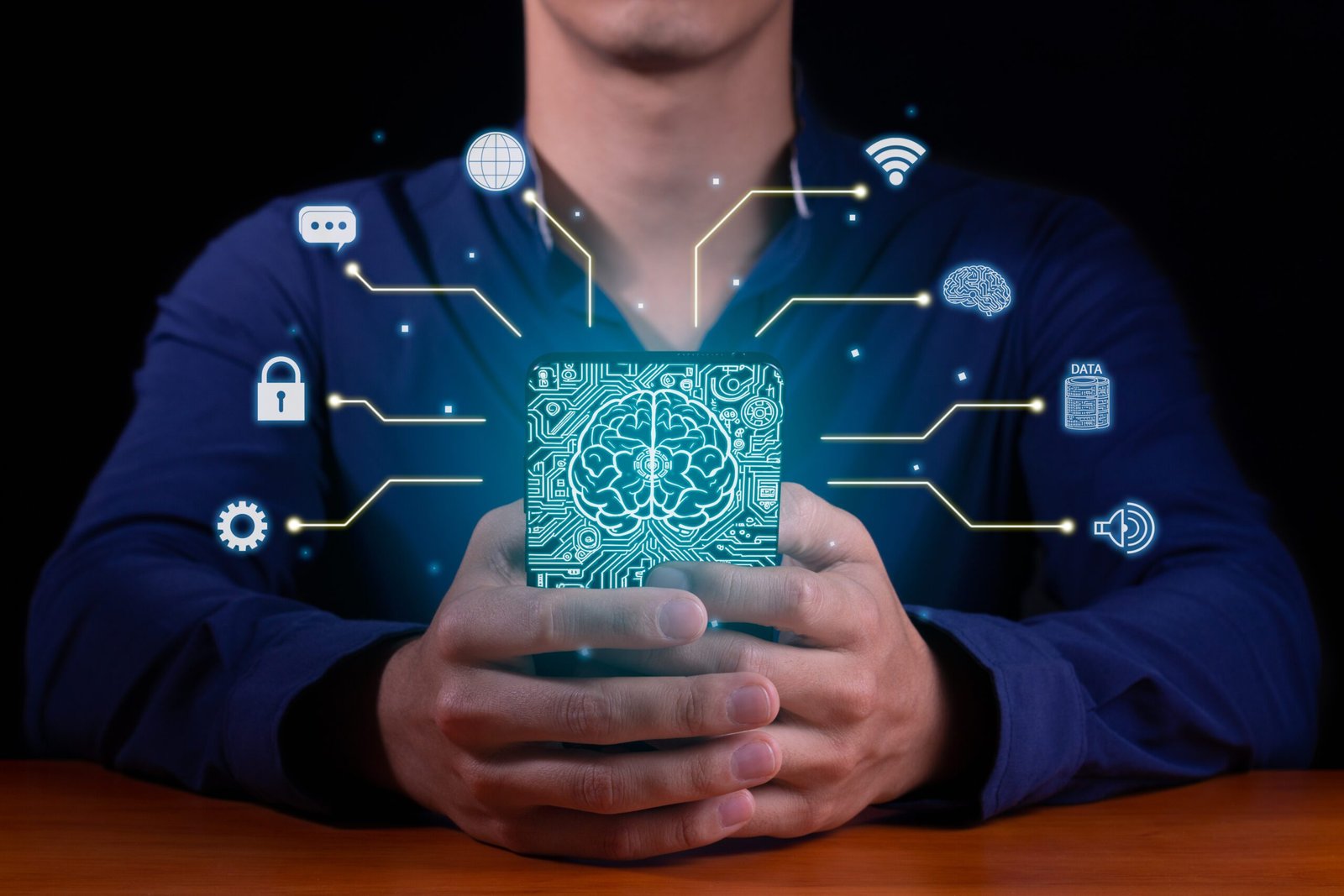Artificial Intelligence (AI) is transforming various sectors, from healthcare to finance, and one of its fascinating applications is in detection. But how does AI detection work? This article aims to demystify the technology behind AI detection for beginners, providing a clear understanding of its mechanisms, applications, and benefits.
What is AI Detection?

AI detection refers to the ability of an AI system to identify patterns, objects, or behaviors in data. This process involves using algorithms and machine learning techniques to analyze data and make predictions or decisions based on the information it processes. AI detection is used in numerous fields, such as image recognition, fraud detection, and even in autonomous vehicles.
The Basics of AI Detection
To understand how AI detection works, it’s essential to grasp some fundamental concepts of AI and machine learning:
- Algorithms: These are step-by-step instructions or rules used by AI systems to solve problems and make decisions.
- Machine Learning (ML): A subset of AI, ML involves training algorithms on large datasets so they can learn from the data and improve over time.
- Neural Networks: Inspired by the human brain, these are complex networks of interconnected nodes (neurons) that process information and identify patterns.
How Does AI Detection Work?

AI detection typically involves several key steps:
- Data Collection: AI systems require vast amounts of data to learn and make accurate detections. This data can be in various forms, such as images, text, or numerical data.
- Data Preprocessing: Raw data often needs to be cleaned and organized before it can be used. This step involves removing noise, filling in missing values, and normalizing the data.
- Feature Extraction: This process involves identifying the most relevant attributes or features in the data that will help the AI system make accurate detections.
- Model Training: The AI system is trained on the processed data using machine learning algorithms. During this phase, the system learns to recognize patterns and make predictions.
- Model Evaluation: After training, the model is tested on new data to evaluate its accuracy and performance.
- Detection: Once the model is trained and evaluated, it can be deployed to make real-time detections on new data.
Also Read: How AI Subtitle Generator is Reshaping Subtitling Processes
Types of AI Detection
AI detection can be categorized based on its applications:
- Image and Object Detection: AI systems can identify objects, faces, and even emotions in images and videos. Applications include facial recognition, autonomous driving, and security surveillance.
- Anomaly Detection: This involves identifying unusual patterns or behaviors in data, which is crucial in fields like fraud detection, network security, and healthcare.
- Natural Language Processing (NLP): AI can detect patterns in text data to perform tasks like sentiment analysis, language translation, and spam detection.
- Predictive Maintenance: AI detects potential equipment failures before they occur by analyzing data from sensors and predicting when maintenance is needed.
Applications of AI Detection
The applications of AI detection are vast and varied:
- Healthcare: AI detection is used in medical imaging to identify diseases like cancer at an early stage, improving diagnosis and treatment outcomes.
- Finance: In finance, AI detects fraudulent transactions and unusual activities, enhancing security and trust in financial systems.
- Retail: Retailers use AI to detect consumer preferences and buying patterns, enabling personalized marketing and inventory management.
- Transportation: Autonomous vehicles rely on AI detection to navigate and avoid obstacles, enhancing road safety.
Benefits of AI Detection
AI detection offers numerous benefits:
- Accuracy: AI systems can analyze vast amounts of data quickly and accurately, often surpassing human capabilities.
- Efficiency: Automation of detection processes saves time and resources, allowing human workers to focus on more complex tasks.
- Scalability: AI detection systems can handle large-scale data, making them suitable for industries with massive data volumes.
- Predictive Insights: AI detection provides predictive insights that can prevent problems before they occur, such as equipment failures or security breaches.
Also Read: Charstar AI: The Future of AI Character Creation and Interaction
Challenges and Considerations
While AI detection has many advantages, it also comes with challenges:
- Data Quality: The accuracy of AI detection depends on the quality of the data it is trained on. Poor-quality data can lead to incorrect detections.
- Bias: AI systems can inherit biases present in the training data, leading to unfair or inaccurate results.
- Privacy: The use of personal data in AI detection raises privacy concerns, necessitating robust data protection measures.
Conclusion
Understanding how AI detection works is essential as it continues to play a crucial role in various industries. By leveraging algorithms, machine learning, and neural networks, AI systems can identify patterns and make accurate detections that enhance efficiency, accuracy, and safety. As technology advances, AI detection will become even more integral to our daily lives, offering innovative solutions to complex problems.
By mastering the basics of AI detection, beginners can appreciate the transformative potential of this technology and explore its applications in their fields of interest. Stay informed and embrace the possibilities that AI detection brings to the table.

